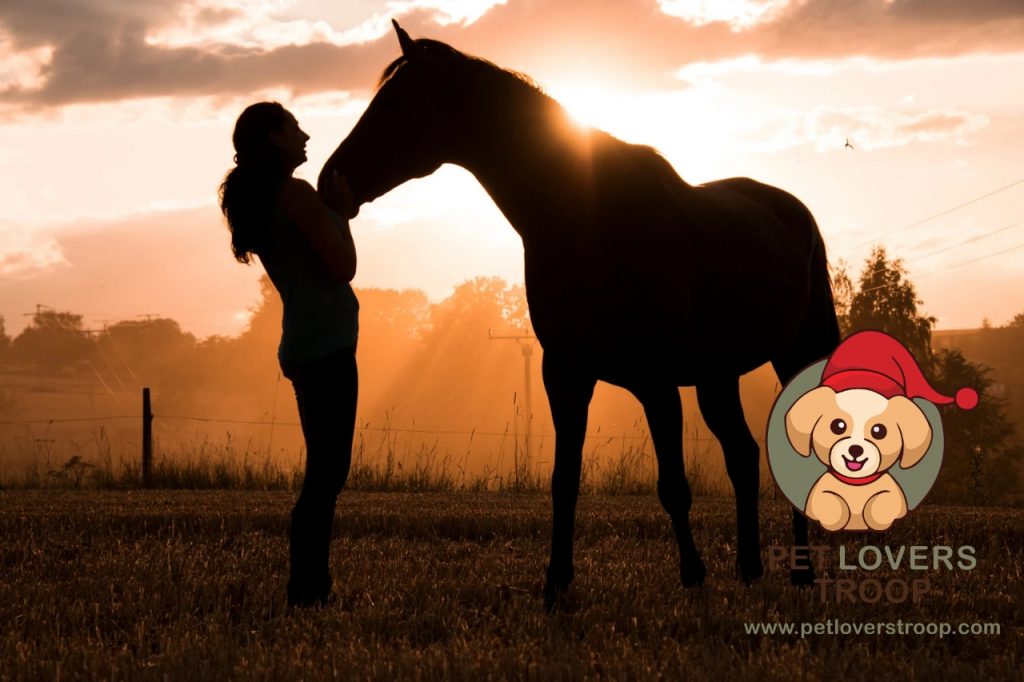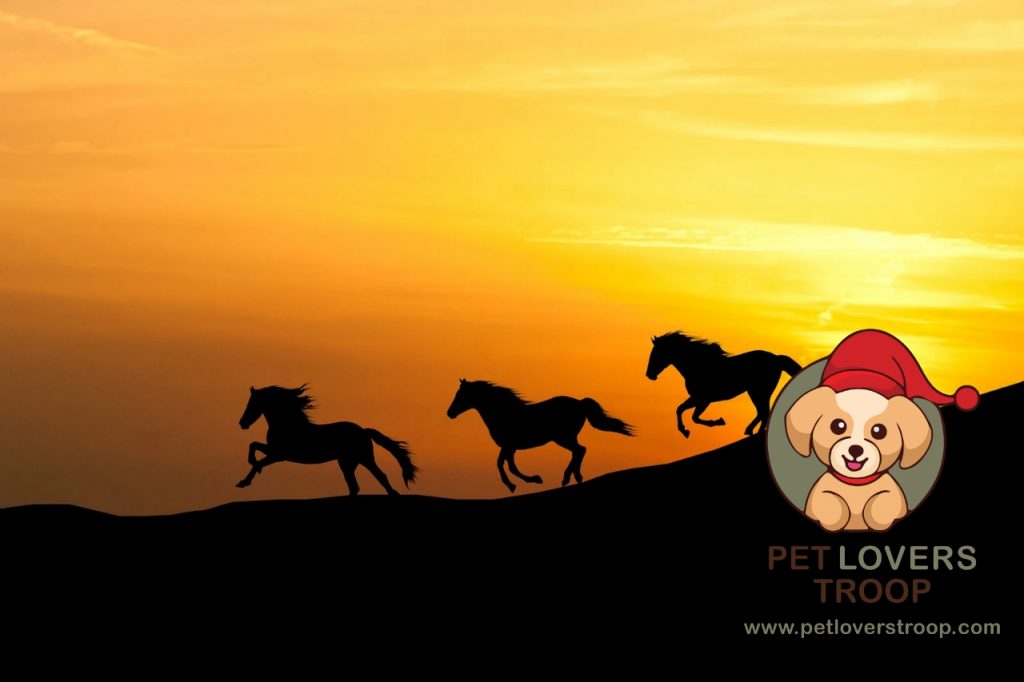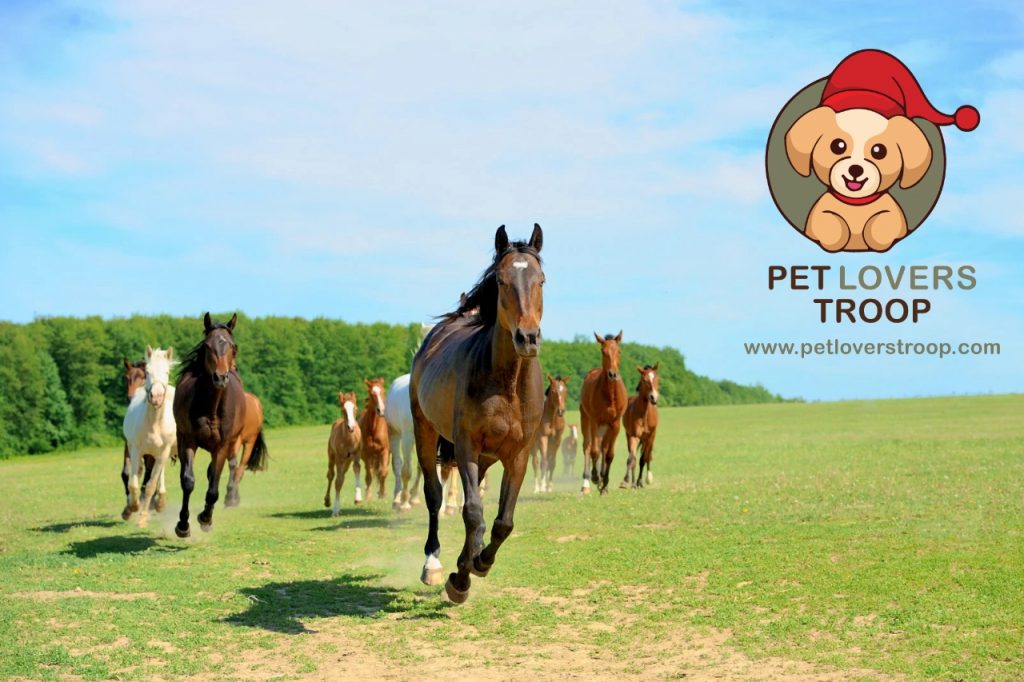Horses are the most adorable pets. They are super friendly, intelligent, and adaptable, and their brilliant build makes them an amazing creature on Earth. As we know, horses do not communicate or make sounds often; they use their body language to express their feelings.
Learn more about: Equine Infectious Anemia in Horses: Recognizing and Preventing – June 2025
They have a dominant, thick neck, and their elongated head is used for socializing. A horse’s head and neck position indicates comfort or uneasiness to its owner or rider. Many riders are anxious about the horse’s head and neck position, but what about the rest of the body?

Does the Horse Head And Neck Position Matter?
The horse training level can easily be identified by its head and neck position because it is a symbol used to distinguish between trained and untrained horses. If we say that the horse’s head and neck position is a sign that shows its state, that will not be wrong.
When the horse’s head is up, it means it’s stressed and unstable. Crossfire (the horse’s hind leg hits the inside of the front leg while moving) is also termed as forging could be the result of any injury, improper shoeing, bad saddle fitting, and inappropriate grasping of the rider.
Learn more about: Eclipse Safety for Cats: How to Keep Your Furry Friends Safe
Through any horse’s head and neck position, we can easily rule out what’s going on. If its head is facing down, it means it is in a good, relaxed state. The major problem that many riders face is that they have misunderstood their horse’s position.
The good frame horse does not mean the right work. The overly bent horse position indicates the strong backward hands pressure, while the inward nose and relaxed jaw show it is in a calm zone
When it comes to training a horse to have a good head and neck position, the trainer must be more focused on observation. The more trainers observe the horse, the better the results.
- A trainer should educate a horse on good head posture and body balance by noticing its weak points and places.
- Emphasize the things that make a horse more relaxed and calm
- Using a round pen can help a trainer develop a good bond with the horse.
- When your horse is in a good mood, it will follow the trainer’s commands very well. This is known as groundwork for the horses.
- The reward-giving methods work amazingly in horse training sessions. If the horse tries to move, you should appreciate it with calmness and a sweet gesture, it will help you a lot.
- When the groundwork is achieved, you can switch to swaddling work with love and support.
- Better to concentrate on rhythm, consistency, and softness rather than straightness
Learn more about: How Often Should You Feed Your Dog? Setting the Right Dog Feeding Schedule – June 2025
When you fix all these things in their place, your horse will automatically develop a good head and neck position.
How to Train a Horse?
Horse training is a rewarding adventure in which you require lots of patience, consistency, and kindness. These days, the process of horse training gets modified, the head position is a prime factor, while other says creating body balance is a core element of training.
The key essence of horse training is getting a true horse collection, while the rider’s attention is on its head carriage, swaddle fitting, and behaviour. When the horse’s training body balance is improving, it can easily distribute its weight to the entire body. You can see a balanced horse move more rhythmically and straight. If the horse maintains good stability, it increases the confidence and eventually makes its performance better.
Learn more about: How to Teach Your Dog Basic Commands: A Step-by-Step Guide – February 2025
What are the Important Elements of Horse Training?
Following are key steps involved in horse training;
- Groundwork would be the first step to initiate a training in which you can educate your horse in leading manners, walk, stop, turn, and teach the horse how to use its hind legs correctly.
- Developed desensitization horses are very sensitive to sudden noises, objects, and activities. Building confidence and courage is also part of the training.
- The next most important thing is to teach the horse good body control. The horse should have an idea of how to move its specific body parts efficiently.
- The trainer should introduce the horse to riding tools like saddles, bridles, and a leading rope.
Know more about: Dirty fish tank: How to maintain your fish tank’s hygiene and health? January 2024
How to Improve Horse Balance?
To attain good body balance, trainers have to work on some important components:
- Focus more on ground work, this is an initial step from which the horse starts learning about balancing.
- To add poles and different patterns, like a figure eight, in training will benefit your horse more.
- Motivate your horse from back to front during riding.
- When developing a balanced horse, you should maintain straightness by correcting the rider’s balance if the rider sits unevenly. How does the horse achieve good balance?
Check out: Best Nail Cutter for Dogs to Safely Use at Home
Things you should Avoid During a Training Session
ollowing are some common horse training mistakes faced by both experienced and new riders.
- Patience is everything. Don’t push too fast. No matter who you train, getting the desired results always takes time and trust.
- Show kindness towards your partner. During training, do not reinforce anything. Creating pressure will destroy everything you have achieved before.
- Don’t ignore their behaviour. If the horse is feeling frustrated, there must be a problem or discomfort.
- Even horses do not like the habit of over-correcting, so keep patience and stay calm.

Ride your Horse Smarter, than Harder
The horse you ride should be biomechanically correct means it should be balanced, supple, rhythmic, and comfortable. In short, the biomechanics of any horse plays a key role in getting functional rides. To improve equine biomechanics in riding, we must know some important tips.
Have a look at: Why Do Cat Eyes Glow in the Dark? The Science Behind Their Shine – December 2024
The origin or initiation of every horse’s movements is from the hindquarters. Hind legs cause driving force that helps the horse to achieve equilibrium. The horse’s back should lift well and swing freely to carry the rider. Do not try to impose any position. When the body weight is evenly distributed, it will create good balance.
Importance of Hindquarter Engagement In Horses
The hindquarters of the horse describe the back side of the horse’s body, which includes the hip, thigh, and buttocks, where the strongest muscles of the horse are located that are involved in movement and balance. Let’s discuss the importance of hindquarter engagement in horses briefly:
The peak of the hindquarter between the loin and the tail is known as the croup, the hip is the joint that attaches the hind leg to the pelvis, and the most important joint, which is similar to the human knee, is called the stifle.
Check out: Equine Head/Neck Position Influences Balance and Stride
Last but not least, the horses have hocks, which are used to absorb shock. Some of the important functions of hindquarters are it develop thrust and push the horse forward, assist balance, absorb tension on the front legs, and support movements. That’s why every horse owner wants their horse’s hindquarters to be strong and healthy.
Horse Collection Vs Head Position
Riders confuse horse collection vs head position, unknowingly thinking a tucked-in head means the horse is working perfectly. The horse collection is a condition in which it develops balance, builds engagement of its core muscles during movement, and self-carriage.
On the other hand, head position refers to the location of the horse’s head and neck during riding, which is a symptom for a rider as it indicates the horse’s feelings. Sometimes the rider inadvertently focuses on head and neck position and creates the wrong collection, which causes lifelong damage to the horse. We can say that the horse’s head position is completely dependent on how well the horse is collected.

How can we Improve Horse Suppleness and Flexibility?
For improving horse suppleness and flexibility, we need to follow some key aspects. The ability of a horse to bend, stretch, and move rhythmically without losing balance is known as suppleness. exercises are used to help the horse become supple. Free walk, a large round pen, and simple changing direction can help to generate suppleness in the horse.
Know more about: Traveling with Pets: How to Make Trips Safe and Stress-Free – March 2025
Try to work on bending, do more lateral work, and ground exercises. Your horse’s mental suppleness also matters to make the horse more consistent and gentle.
Conclusion
Yes, the horse’s head and neck position will make a difference, but focusing too much on it compromises the other important components, like body balance and movement. So stop glaring at your horse’s head and ride the whole, not just the front.
